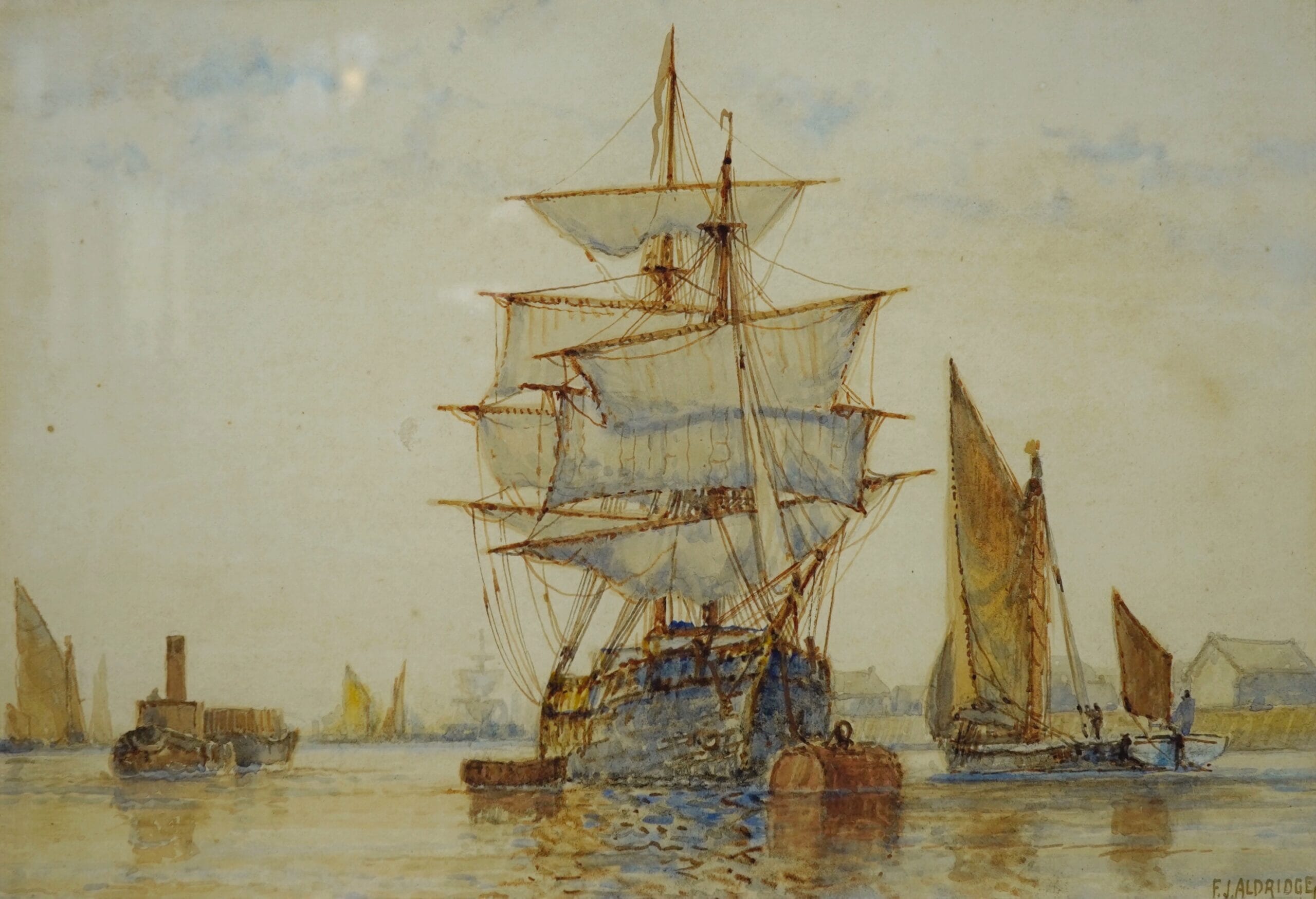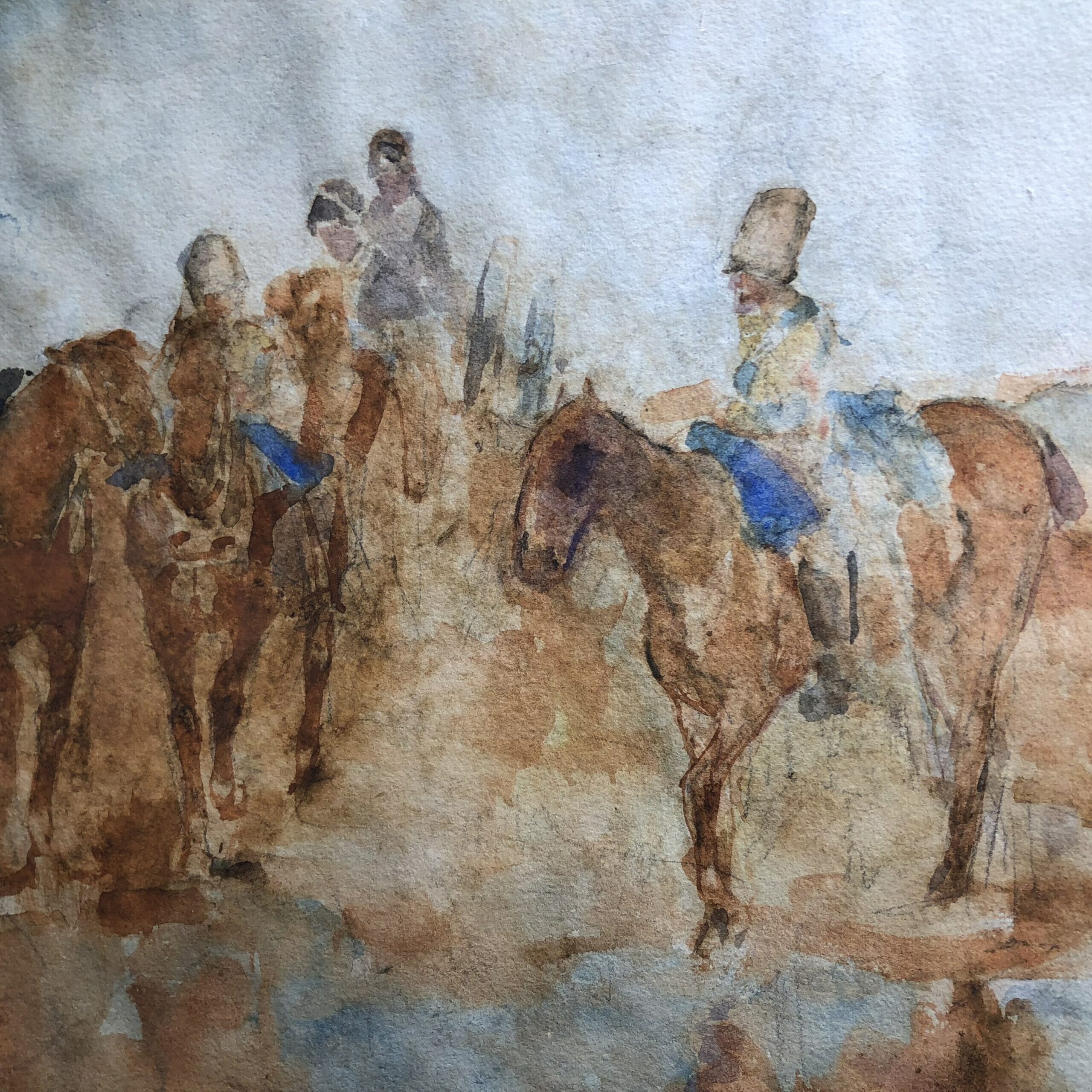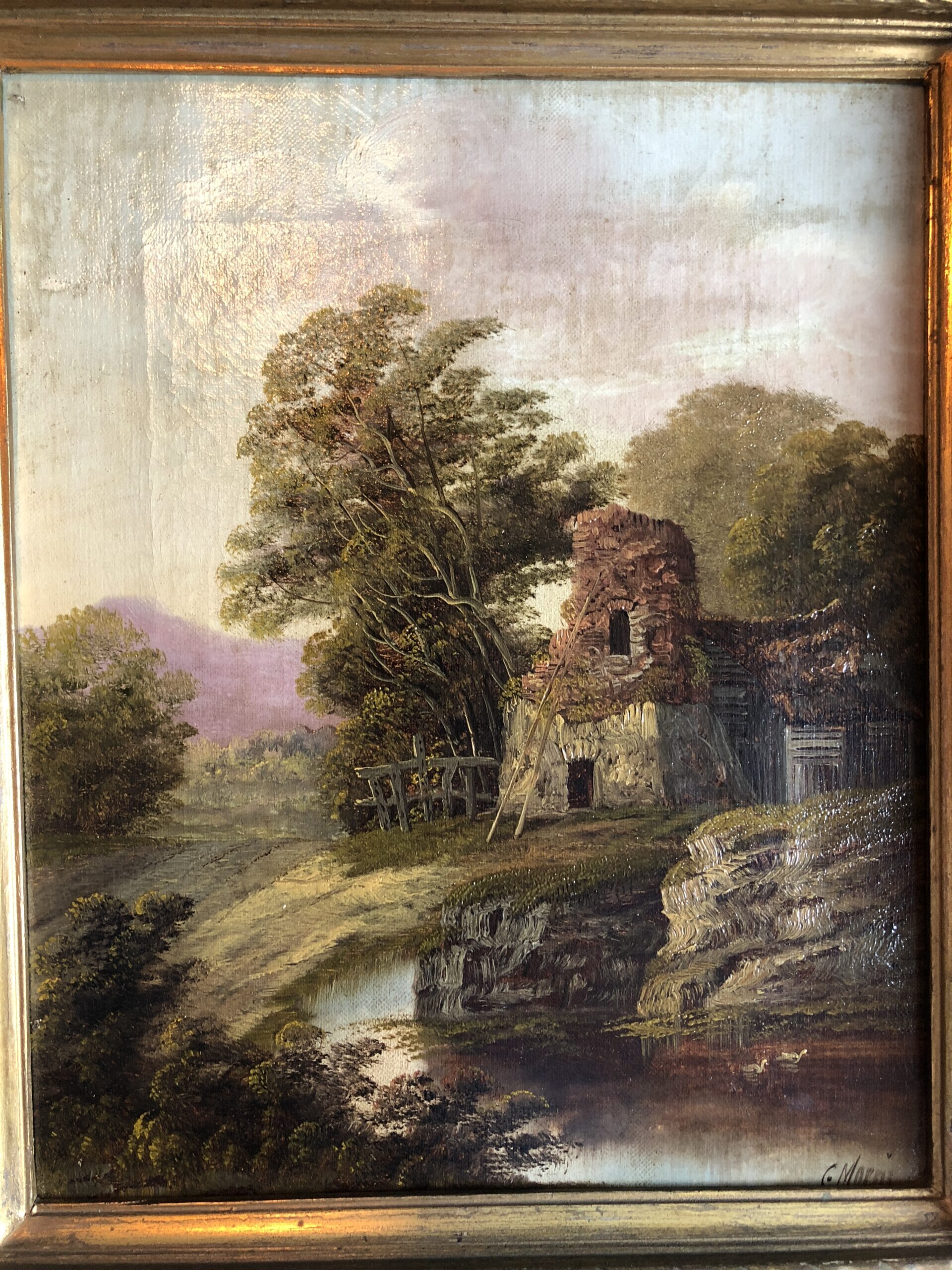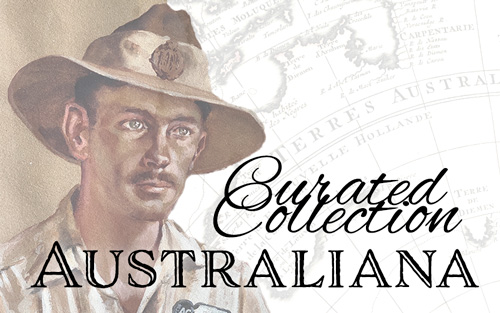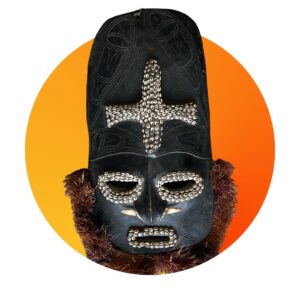Dorca Charles Sewell, ‘Inverneill’, watercolour c.1970
Sold
Dorca Charles Sewell (1907-79)
‘The Inverneill’, depicted under sail with a tug and barge nearby, a large black & white buoy in the foreground with several birds flying by.
Signed lower right,
circa 1970’s.
78 x 59cm
Condition: minor signs of age, displays well.
Dorca Charles Sewell was born in London, studied art in London & Paris, and became known for his marine art. He exhibited at the Royal Society of Marine Artists, the British Society of Artists, and the United Society of Artists in London. In around 1939, he migrated to Australia and found a job in the Public Service as an architect. He continued to paint, mostly watercolours, and exhibited in Sydney and Melbourne in the 1970’s.
The ‘Inverneill‘ was an iron hull three-masted barque, built in Aberdeen and launched in 1895. It had a remarkable career as an international trader, carrying cargoes of timber from Canada and cargoes of wheat and wool from Australia to Europe. Inverneill also made regular voyages to South America to collect cargoes of saltpetre and copper.
It was decommissioned in 1928, and scrapped in 1935. The figurehead, a Lass with flowers in her hand & hat on her head, is now in the collection of the South Australian Maritime Museum, while the substantial iron remains of the hull of the Inverneill are still to be seen at low tide at the ‘ship’s graveyard’ on Garden Island, Port River.
A 1928 news article about the Inverneill included this story: “In 1915 she left Melbourne on July 6 for Bunbury, West Australia, to load jarrah for Capetown, a passage that should have been accomplished in 14 days, but, soon after clearing Port Philip Heads, she encountered a strong westerly gale, and was blown out of her course. When off Wilson’s Promontory the wind veered into the south-west, and the Invernelll was driven up the coast of New South Wales. As the weather was moderating the master (Captain Shippen) decided to put into the port of Sydney. After a stay of a few days the voyage was resumed, and as the strong westerlies still prevailed Captain Shippen decided that, instead of trying to get to Bunbury, across the Australian Bight, he would run the easting down, thereby circumnavigating the globe. Five days after leaving Sydney the north of New Zealand was passed, a distance of 1200 miles, so the ship averaged 240 miles per day. In 28 days Cape Horn was passed, with the strong westerlies still blowing. Thirty-three days later St, Paul’s Island was abeam, and from then on to Bunbury the passage occupied 16 days. Captain Shippen considered the passage would take 95 davs, but owing to the continuance of the strong westerly winds the passage from Sydney to Bunbury was completed in 76 days. The estimated distance travelled was 14,500 miles, and her daily average was 191 miles. Probably such a passage was never made previously, and certainly will never be done in the future by a sailing ship.”
| Condition | |
|---|---|
| Size | |
| References |
Sold - let us find you another

